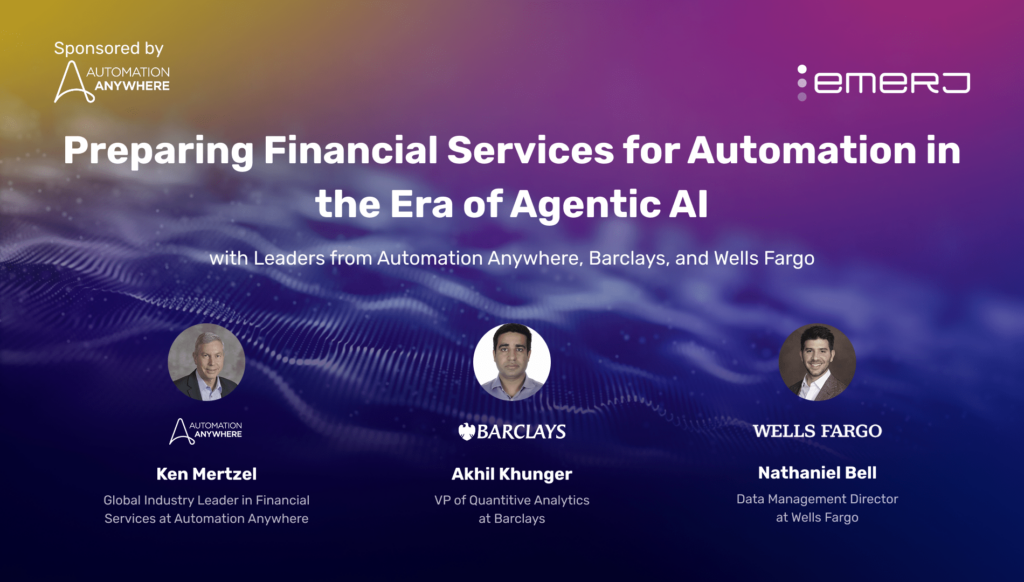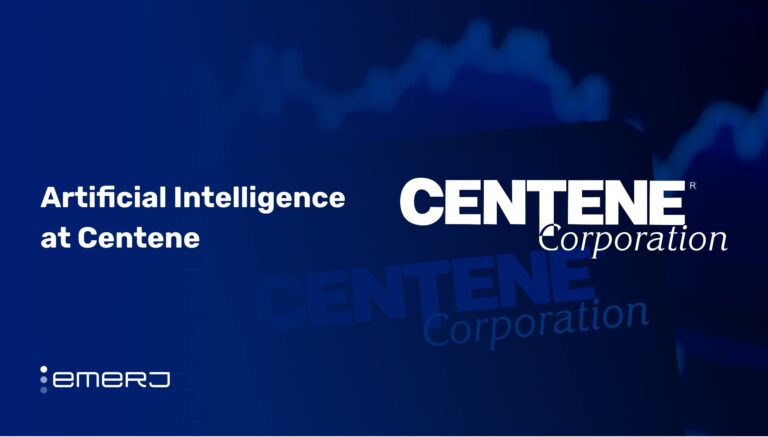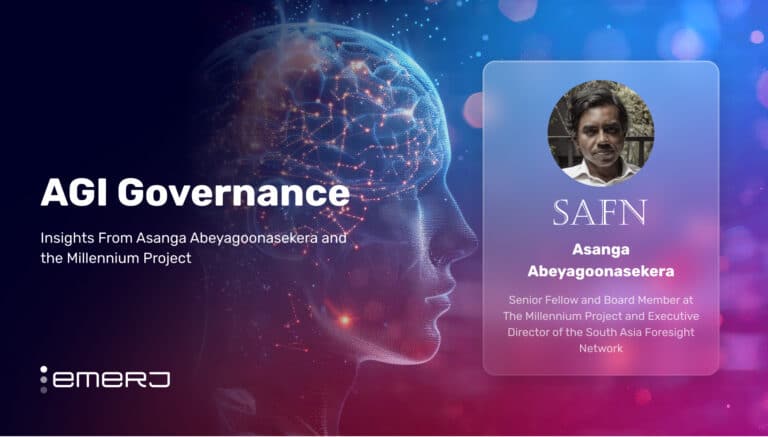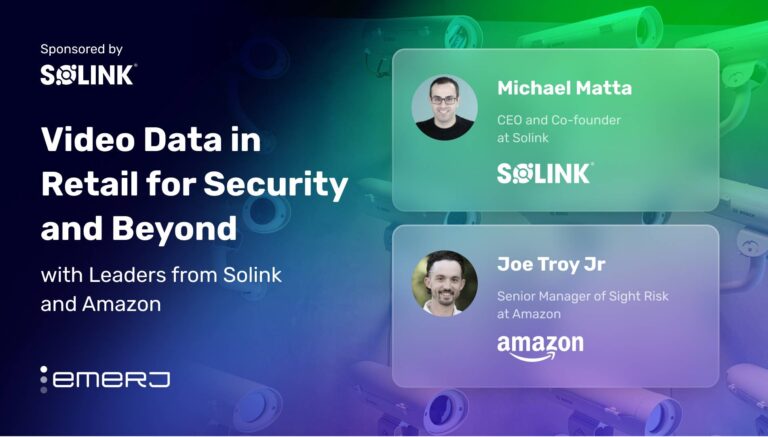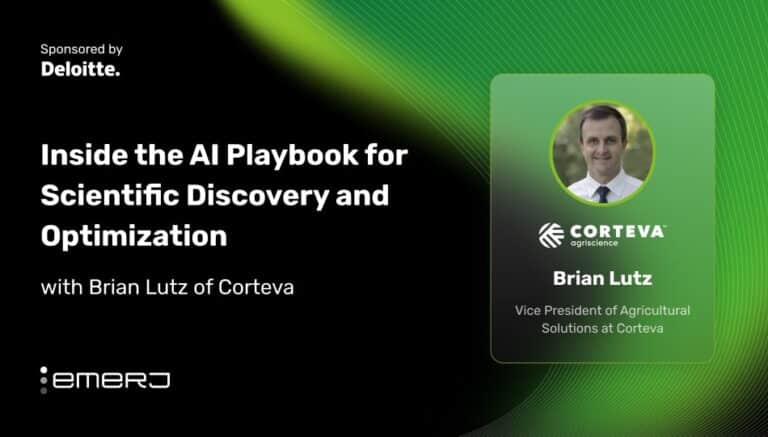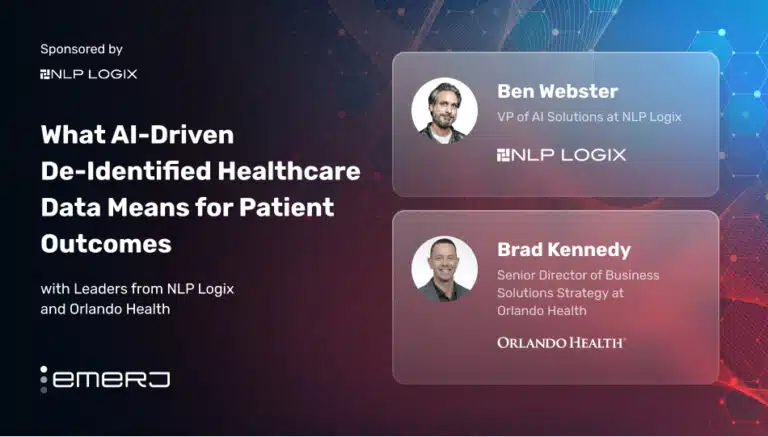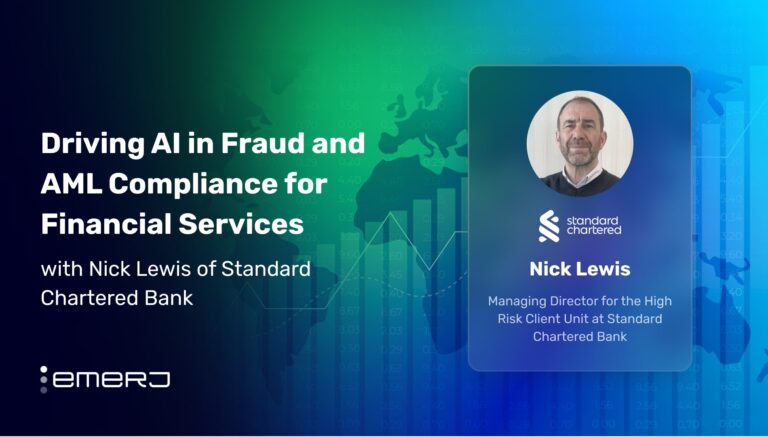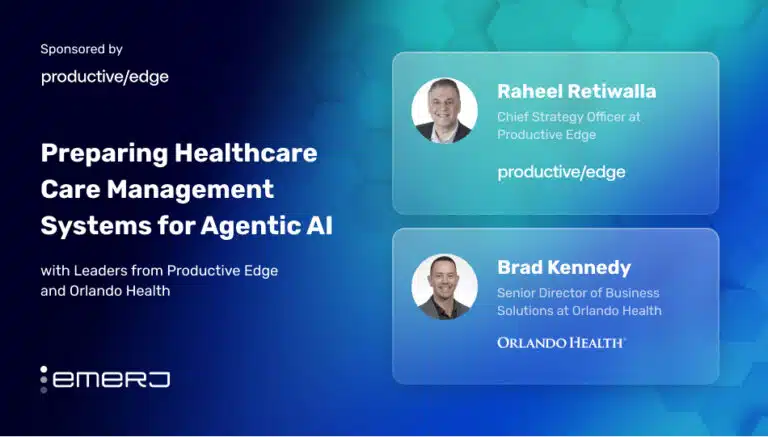This article is sponsored by Automation Anywhere and was written, edited, and published in alignment with our Emerj sponsored content guidelines. Learn more about our thought leadership and content creation services on our Emerj Media Services page.
As artificial intelligence moves from buzzword to reality, leaders find that successful adoption requires more than deploying chatbots or basic scripts. Traditional robotic process automation (RPA) can only take firms so far.
The next step is agentic AI-driven automation, where systems follow preset rules, make autonomous decisions, and adapt. The evolution industries will make to agentic systems means moving beyond tools like Microsoft Copilot toward AI agents that orchestrate complex processes.
Yet many organizations remain stuck in pilot projects and isolated use cases. According to a 2024 BCG survey, only 26% of companies have moved beyond pilots to see real value from AI, leaving 74% still waiting on ROI.
One major hurdle is coordinating AI initiatives across teams, systems, and business units. Without a cross-organizational strategy, AI efforts remain siloed and have limited impact. Another challenge is managing risk and compliance in regulated sectors like financial services.
Banks use AI to detect fraud and flag suspicious transactions for anti-money laundering (AML) compliance, but regulators insist on keeping human experts “in the loop.” The stakes are high – the United Nations Office on Drugs and Crime estimates 2 – 5% of global GDP (up to $2 trillion) is laundered annually – yet firms must balance innovation with accountability.
AI- and even agentic-driven automation can deliver more than efficiency gains and cost savings. If developed correctly in the enterprise, these systems can improve compliance, reduce operational risks, spur revenue growth through new insights, and enable smarter decision-making. However, realizing these benefits requires addressing data security and privacy concerns to build trust, among other daunting challenges.
Emerj Editorial Director Matthew DeMello recently sat down with Akhil Khunger, VP of Quantitative Analytics at Barclays, Ken Mertzel, Global Industry Leader, Financial Services at Automation Anywhere, and Nathaniel Bell, Corporate Functions Business Data Leader at Wells Fargo, to talk about how the latest AI capabilities are enhancing traditional approaches to automation in regulated industries.
Discussions with all three experts emphasize that AI’s power lies not just in its ability to enhance rules-based workflows but in augmenting larger-scale human decision-making. They highlight that successful AI adoption, especially in complex, regulated industries like finance, requires a blend of advanced technology, human oversight, strong governance, and a clear understanding of risks and ROI.
This article examines the following key insights from these conversations:
- Managing model dependencies and team readiness: Training machine learning systems to learn typical model outputs, supply dummy data when upstream models aren’t run, flag process dependencies, and enable teams to validate outputs and detect errors.
- Tackling data overload with AI synthesis: Where AI shifts the focus in data-heavy industries from gathering information to extracting insights for faster, smarter decisions.
- Balancing AI efficiency with governance and human oversight: Establishing transparent model review processes, evaluating ROI, avoiding over-automation of human interactions, and ensuring humans validate AI-generated insights.
Managing Model Dependencies and Team Readiness
Episode: How Financial Services Are Balancing Automation and Flexibility – with Akhil Khunger of Barclays
Guest: Akhil Khunger, VP of Quantitative Analytics, Barclays
Expertise: Statistical Modeling, Financial Modeling, Artificial Intelligence
Brief Recognition: Akhil is a Quantitative Modeling Specialist with over 10 years of industry experience. His previous stints include Citi and HSBC, where he served as Senior Vice President and Vice President. He holds a master’s degree in Financial Engineering from the University of California, Haas Business School, and in Financial Mathematics from the London School of Economics and Political Science.
Akhil describes a challenge in how different models and processes are interconnected. In their current system, all inputs are received simultaneously, and the output of one model can impact others. For example, model A might influence model B, and both could impact model C. Because of these dependencies, if someone tries to run model C alone without first running A and B, there must be a way to provide C with the necessary input data, even if it means using “dummy” data to avoid errors.
He explains that AI can be used to learn the typical outputs between models in different scenarios, which would allow the system to generate suitable inputs for future models automatically when needed.
However, this requires having data generation and storing outputs in a user-friendly, accessible format so business users can easily understand them.
Akhil also points out the need for the system to inform users when specific models can’t be run independently due to these dependencies. While experienced users may already know this, the technology must communicate when a process cannot be decoupled, preventing errors and saving time.
Akhil closes by emphasizing that it’s not enough for professionals only to know how to run AI models; they should also understand the underlying statistics and mathematics. At least some team members require a solid foundation in data science, statistics, or financial engineering to fully understand how the models operate.
He also stresses the importance of staying up to date with the latest tools and programming packages, such as those in Python:
“It’s important to be aware of the potential negative consequences of using AI — like incorrect outputs or errors — and to be able to recognize those issues early. You don’t necessarily need to be a great coder anymore, since AI can assist with much of that. But you do need to understand the logic behind the models, because that’s what enables you to evaluate and verify results, regardless of the programming language or tool.”
– Akhil Khunger, VP of Quantitative Analytics, Barclays
Tackling Data Overload with AI Synthesis
Guest: Ken Mertzel, Global Industry Leader, Financial Services, Automation Anywhere
Expertise: Risk Management, Change Management, RPA
Brief Recognition: Ken is an experienced executive in the insurance and banking industries, with expertise in translating financial data into strategic business transformation. He has previously worked with Bank of America, Balboa Insurance Group, Accenture, Progressive Insurance, and Bain & Company. He holds a Master’s degree in Finance from Stanford University.
In his podcast, Ken explains that while many use cases for automation in regulated industries aren’t entirely new, generative AI has significantly expanded what’s possible compared to older, limited process automation tools. He gives three examples:
- Compliance / Anti-Money Laundering (AML): Previously, organizations used RPA to collect data, saving time. Now, they use GenAI to gather data and generate narrative summaries highlighting top risks. GenAI’s summarization powers help investigators quickly understand cases and make better decisions, which can then trigger further automation.
- Fraud Detection: In the past, fraud detection relied on simple rules-based automation. Now, GenAI and machine learning use historical data to create models that more effectively identify and even prevent fraud.
- Underwriting: Underwriting traditionally required analyzing vast amounts of complex information. With GenAI, this data can now be summarized, highlighting key risks and even recommending decisions. Once a human underwriter agrees, process automation can process the loan or insurance policy.
Ken agrees that data abundance, not scarcity, is the real challenge in financial services, often leading to overwhelming amounts of information. Historically, automation was mainly used to collect and gather data, focusing on manual, repetitive tasks.
Today, AI can synthesize such data, shifting the focus to supporting knowledge workers. Instead of replacing roles, AI helps experts make better decisions and spend more time applying their expertise, especially in complex or high-value tasks.
Ken explains that process automation and AI complement each other:
“RPA is like having a pair of arms to perform the tasks of the brain, where AI lives in the organization. RPA helps take action, which is still incredibly important. But I think of AI as the brain. It interprets information, understands requests, and supports better decision-making. Then, on the back end, automation executes based on those decisions.”
— Ken Mertzel, Global Industry Leader in Financial Services at Automation Anywhere
Balancing AI Efficiency with Governance and Human Oversight
Episode: Breaking Complexity in Banking Risk Operations With AI – with Nathaniel Bell of Wells Fargo
Guest: Nathaniel Bell, Corporate Functions Business Data Leader, Wells Fargo
Expertise: Data management, AI risk mitigation, infrastructure optimization, and governance strategies
Brief Recognition: Nathaniel Bell is the Corporate Functions Business Data Leader at Wells Fargo, specializing in optimizing data strategies to support AI initiatives and address organizational challenges. Focusing on bridging infrastructure investments and innovative AI use cases, Nate provides valuable insights into managing risks and aligning AI technologies with business objectives.
Nathaniel explains to the executive podcast audience that strong governance and human oversight are essential even when using advanced AI solutions. Organizations must decide how often they will review AI models — monthly or quarterly — and establish transparent processes for making decisions about updates or changes.
He also stresses that businesses must continually assess AI’s return on investment. While the technology is exciting and full of potential, it’s important to ask whether the benefits truly justify the costs, including spending on governance, computing power, and overall deployment.
Nathaniel finally cautions against over-automating human interactions. He shares a thought experiment imagining AI agents replacing recruiters and interviewers, leading to AI agents essentially talking to each other without human involvement. He warns that while AI should assist and enhance tasks, it shouldn’t replace meaningful human-to-human interactions where they are truly valuable.
He points out that AI helps quickly prioritize and surface relevant information, similar to how people now use large language models at home instead of traditional search engines. For example, an AI agent can quickly sift through documents and provide answers in large organizations with scattered knowledge and many policies. However, a human still needs to verify the results, ensuring oversight remains central to decision-making.


